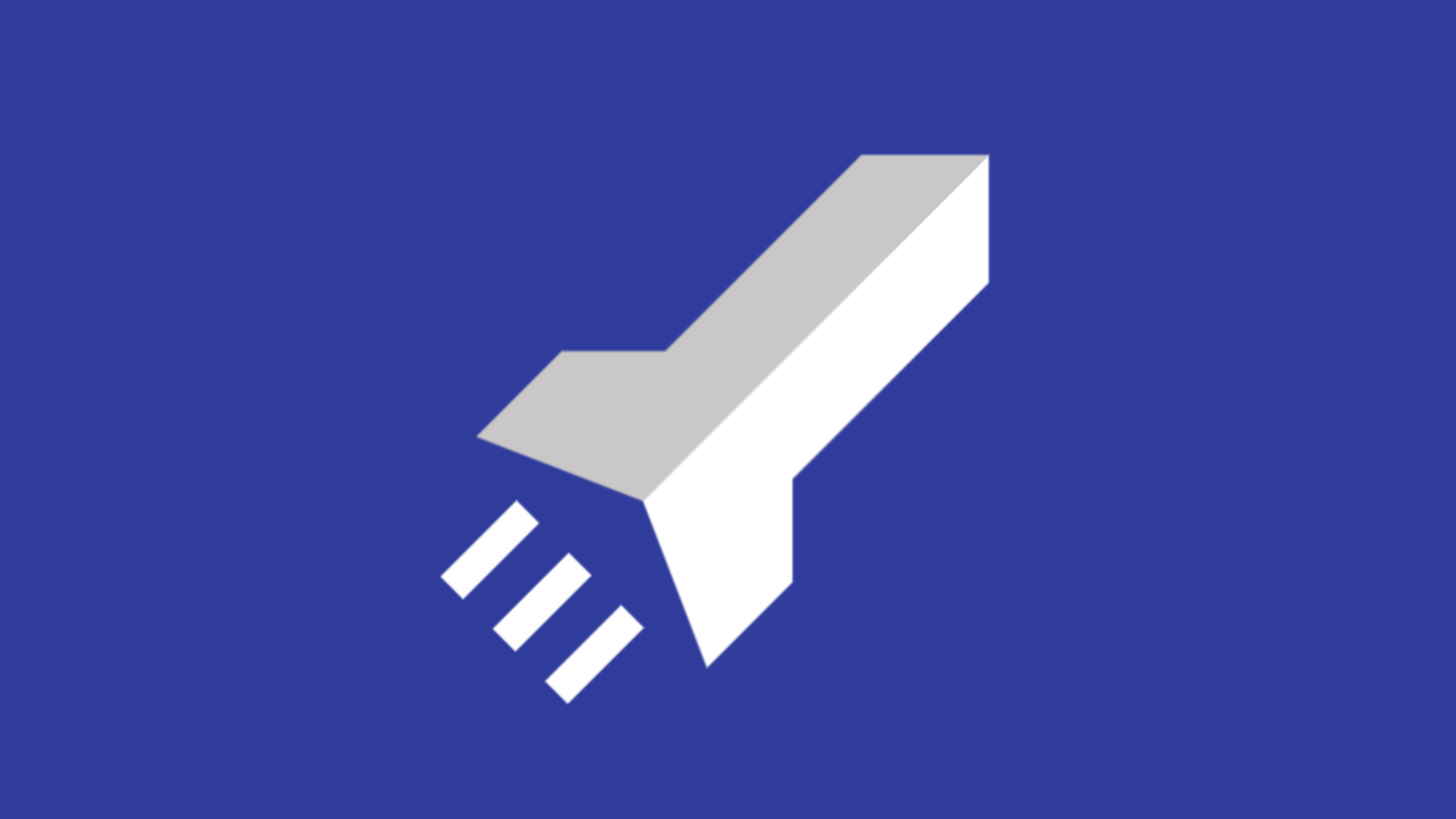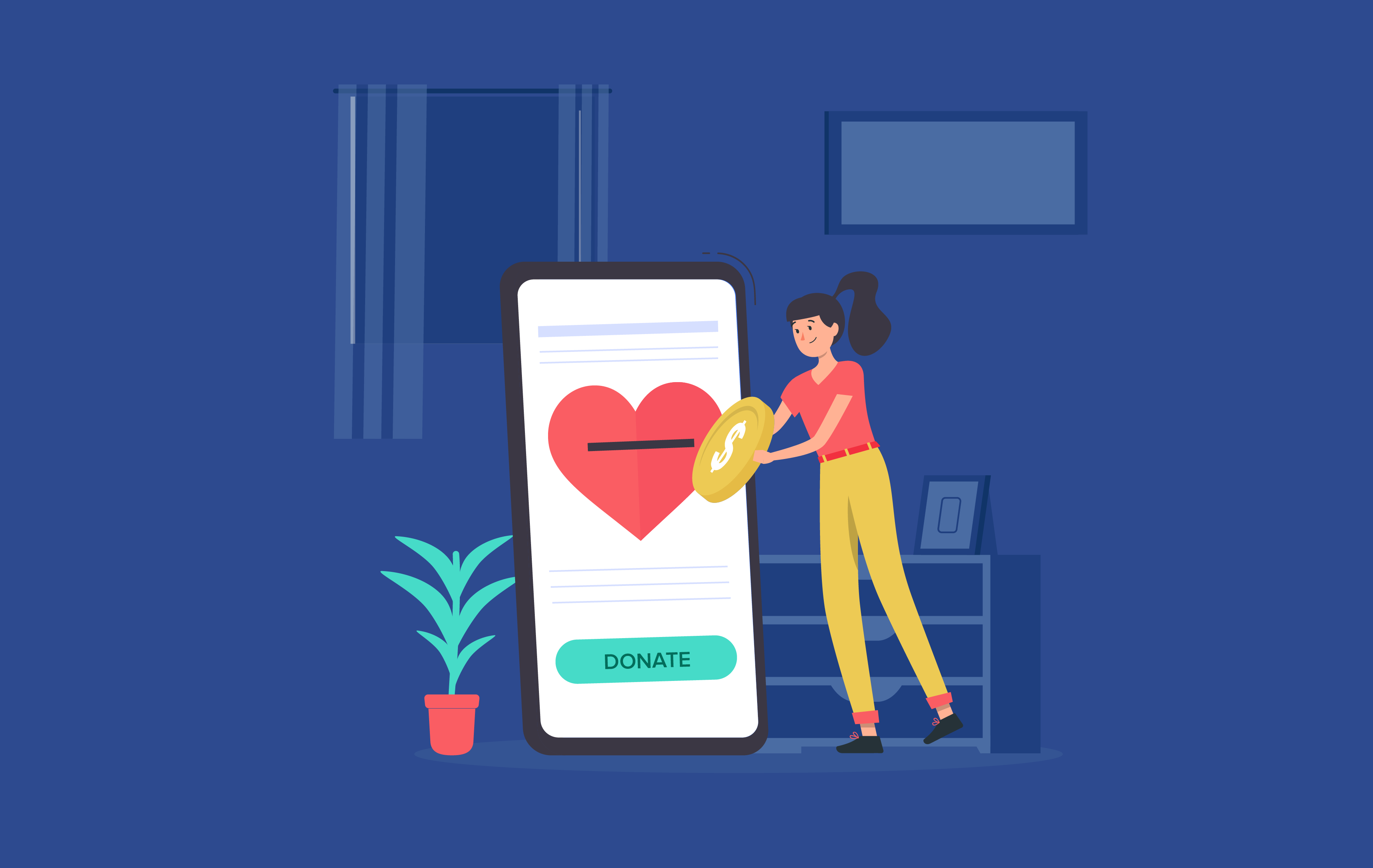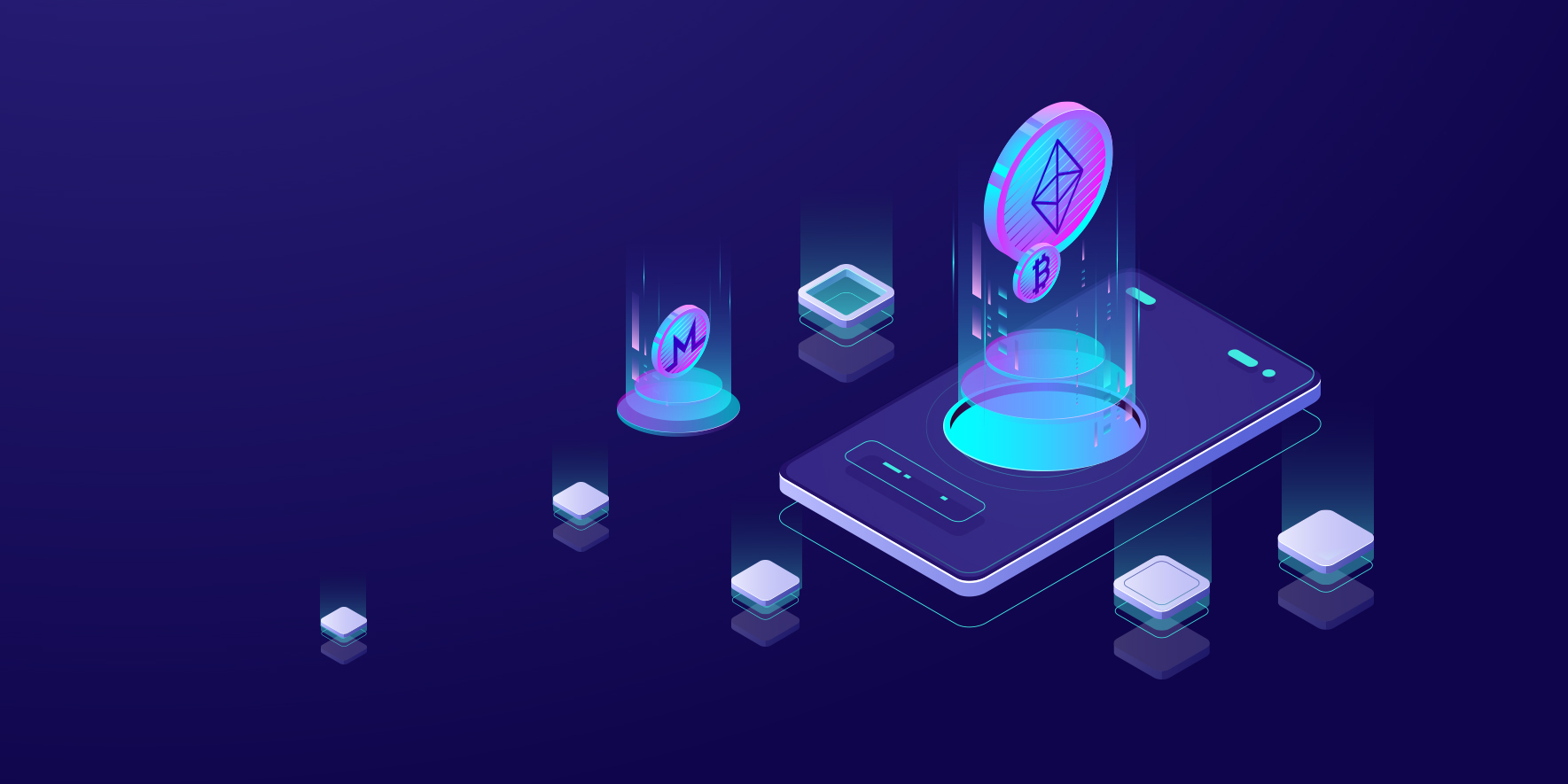In today’s world, fundraising and donation gathering are essential tools for nonprofits, charities, and even individual projects. These processes not only help secure the necessary funds but also build a community of supporters who believe in your cause. In this blog post, we will explore what fundraising and donation gathering are, what they can do for your organization, and the many benefits they offer
What is Fundraising and Donation Gathering?
Fundraising is the process of collecting money or resources from individuals, businesses, or government agencies to support a cause, project, or organization. It involves various strategies and methods, such as events, campaigns, grant applications, and online platforms.
Donation gathering is a subset of fundraising that specifically focuses on collecting voluntary contributions from individuals or groups. Donations can be monetary or in-kind (goods or services) and are often made in response to appeals, campaigns, or personal connections.
What Can Fundraising and Donation Gathering Do?
Fundraising and donation gathering can achieve several key objectives for your organization:
- Secure Funding: The primary purpose is to gather the financial resources needed to sustain and expand your operations, programs, or projects.
- Raise Awareness: Fundraising campaigns can increase visibility for your cause, educating the public and attracting new supporters.
- Build Community: By engaging donors and supporters, you create a community of individuals who are passionate about your mission and willing to contribute their time, money, or resources.
- Foster Relationships: Effective fundraising helps build long-term relationships with donors, partners, and stakeholders, ensuring ongoing support and collaboration.
- Drive Impact: With adequate funding, you can implement impactful programs and initiatives that make a real difference in the lives of those you serve.
Benefits of Fundraising and Donation Gathering
Develop a Clear Vision and Mission: Clearly articulate your organization’s purpose, goals, and impact. A compelling vision and mission statement can inspire potential donors and motivate them to support your cause.
Build Strong Relationships: Cultivate relationships with donors, volunteers, and partners. Personalized communication, regular updates, and expressions of gratitude can strengthen these connections and encourage continued support.
Utilize Online Platforms: Leverage online fundraising platforms and social media to reach a wider audience. Crowdfunding campaigns, donation pages, and social media appeals can amplify your message and attract donations from across the globe.
Organize Fundraising Events: Host events such as galas, auctions, charity runs, or virtual fundraisers. These events can generate significant funds, engage your community, and create memorable experiences for donors.
Apply for Grants: Research and apply for grants from foundations, corporations, and government agencies. Grants can provide substantial funding for specific projects or general operations.
Tell Compelling Stories: Share stories that highlight the impact of your work. Personal anecdotes, testimonials, and case studies can create an emotional connection with potential donors and inspire them to give.
Measure and Communicate Impact: Track the outcomes of your programs and communicate the impact of donations to your supporters. Transparency and accountability build trust and encourage ongoing contributions
Conclusion
At its core, blockchain is a decentralized digital ledger that records transactions across multiple computers in a way that ensures security, transparency, and immutability. Unlike traditional databases managed by a central authority, a blockchain network relies on a distributed system where each participant (node) maintains a copy of the entire ledger. This decentralized structure is what makes blockchain unique






